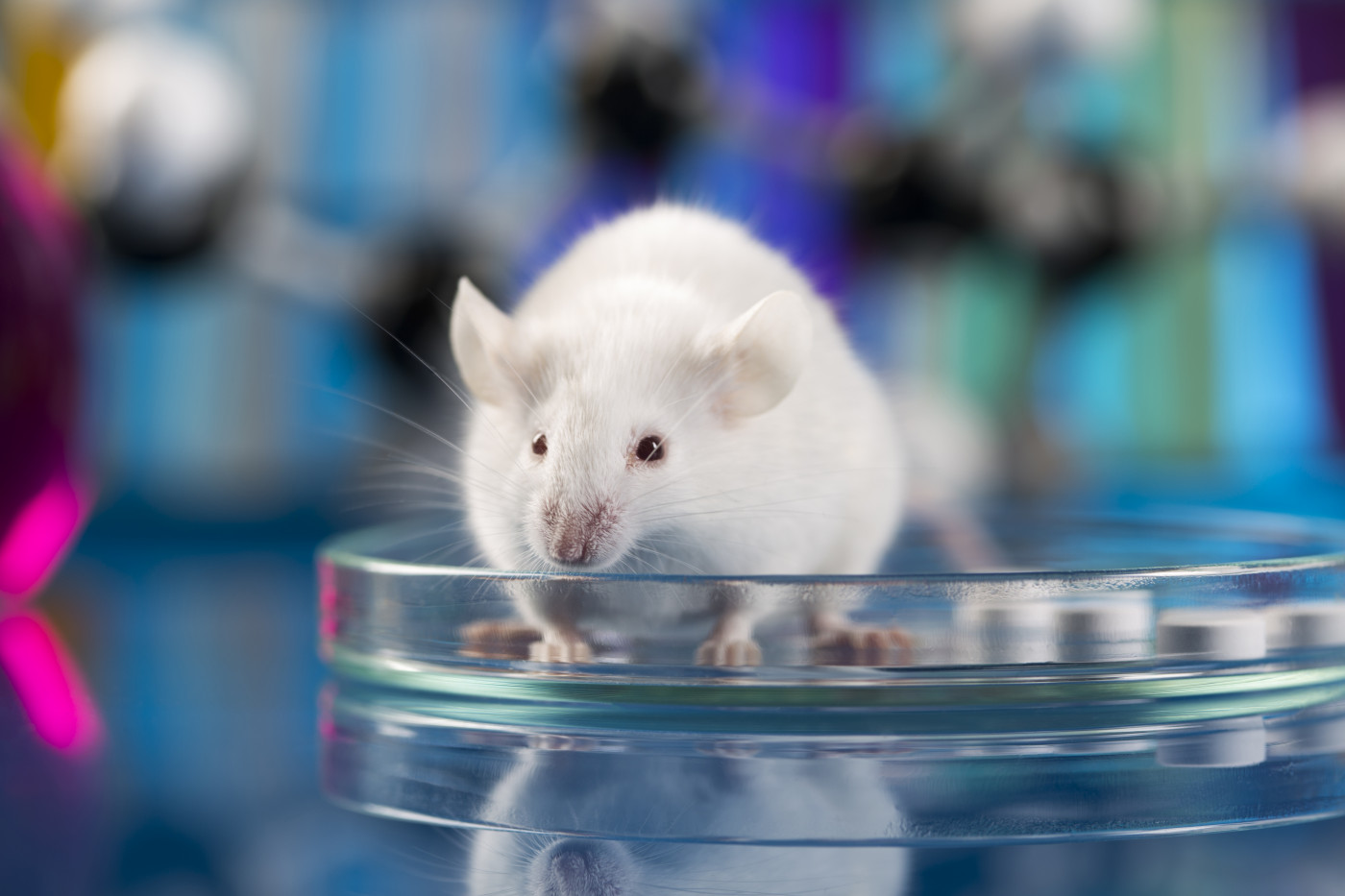Hemophilia A Gene Therapy, AMT-180, Continues to Show Activity, Safety in Animals

A single dose of the experimental gene therapy AMT-180 continues to be well-tolerated and to enhance blood clotting activity independent of factor VIII levels in mouse and primate models of hemophilia A, a study shows.
Titled, “Human Dose Prediction of a Novel Factor IX Variant Gene Therapy Candidate (AMT-180) Mediating Clotting Independently of Factor VIII,” the findings were presented at the American Society of Gene and Cell Therapy (ASGCT) Annual Meeting, taking place virtually May 12–15.
Hemophilia A is caused by missing or defective factor VIII (FVIII), a blood clotting protein.
Its standard treatments are based on providing the missing FVIII to patients prophylactically, or as a preventive measure to avoid spontaneous bleeding episodes — a form of treatment known as replacement therapy. However, many end up developing inhibitors (neutralizing antibodies) to these artificial forms of FVIII, rendering the treatment useless.
AMT-180 is a gene therapy being developed by uniQure to treat hemophilia A patients, including those with FVIII inhibitors. The therapy uses a harmless adeno-associated virus (AAV) vector, called AAV5, to deliver a modified version of the F9 gene to promote blood clotting independently of FVIII. Normally, FVIII works with factor IX (FIX) to activate blood coagulation.
Earlier preclinical data showed that a single intravenous administration (directly into the bloodstream) of AMT-180 safely led to durable blood clotting activity that was independent of FVIII in animal models of hemophilia A.
New data announced at ASGCT continues to show blood clotting activity with AMT-180 in mice and non-human primates.
The therapy was also well-tolerated in both animal models, and was not associated with an increase in the levels of coagulation activation markers linked to a higher risk of thrombogenicity (formation of blood clots that may block blood circulation).
In addition, findings demonstrated a clear relationship between the RNA levels of the modified FIX and the protein levels found in the animals’ blood. (RNA is the molecule that works as a template for the production of proteins.)
Dose-dependent increases in FIX levels were also observed in non-human primates.
“These data support meaningful hemostasis [ability to stop bleeding] in hemophilia A patients with and without inhibitors following administration with AMT-180,” the investigators wrote.
In a separate presentation, “A Single Administration of AAV5-hFIX in Newborn Juvenile and Adult Mice Leads to Stable hFIX Expression up to 18 Months after Dosing,” company researchers showed that a single dose of AMT-060 (AAV5-hFIX), uniQure’s first-generation gene therapy for hemophilia B, was sufficient to maintain activity of the modified FIX for up to 18 months in mice treated very early in life.
The number of copies of the artificial gene construct found in the animals’ liver remained stable over the entire study, results showed. At the same time, levels and activity of the modified FIX in the animals’ blood were both maintained up to 18 months (the last assessment).
“The question of whether re-treatment will be needed is an important issue in gene therapy. These data show that there was almost no loss of the transduced [genetically-modified] cells following administration of AAV5-hFIX during the life span of the mouse,” Sander van Deventer, MD, PhD, executive vice president, research and product development at uniQure, said in a press release.
“This suggests that the AAV episomes [artificial genetic material] were transferred to daughter cells during cell division — a very important finding in terms of AAV biology and an encouraging sign for the longevity of gene therapy in humans,” van Deventer added.
uniQure also presented new findings from preclinical studies of other two potential gene therapies — AMT-150 for spinocerebellar ataxia type 3 and AMT-190 for Fabry disease.






